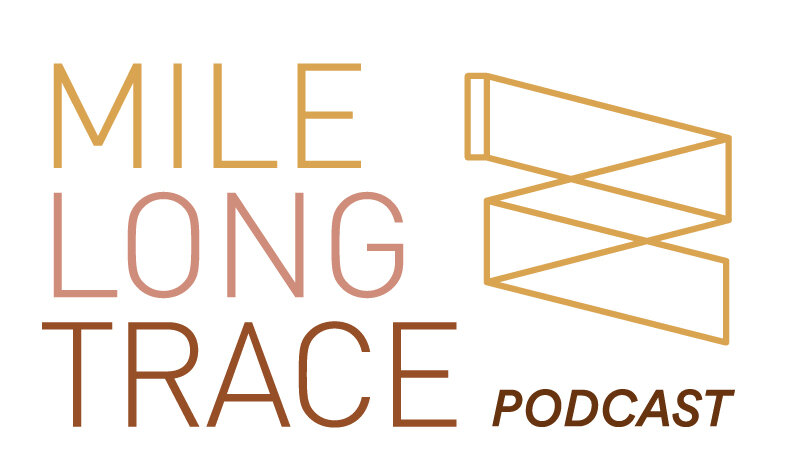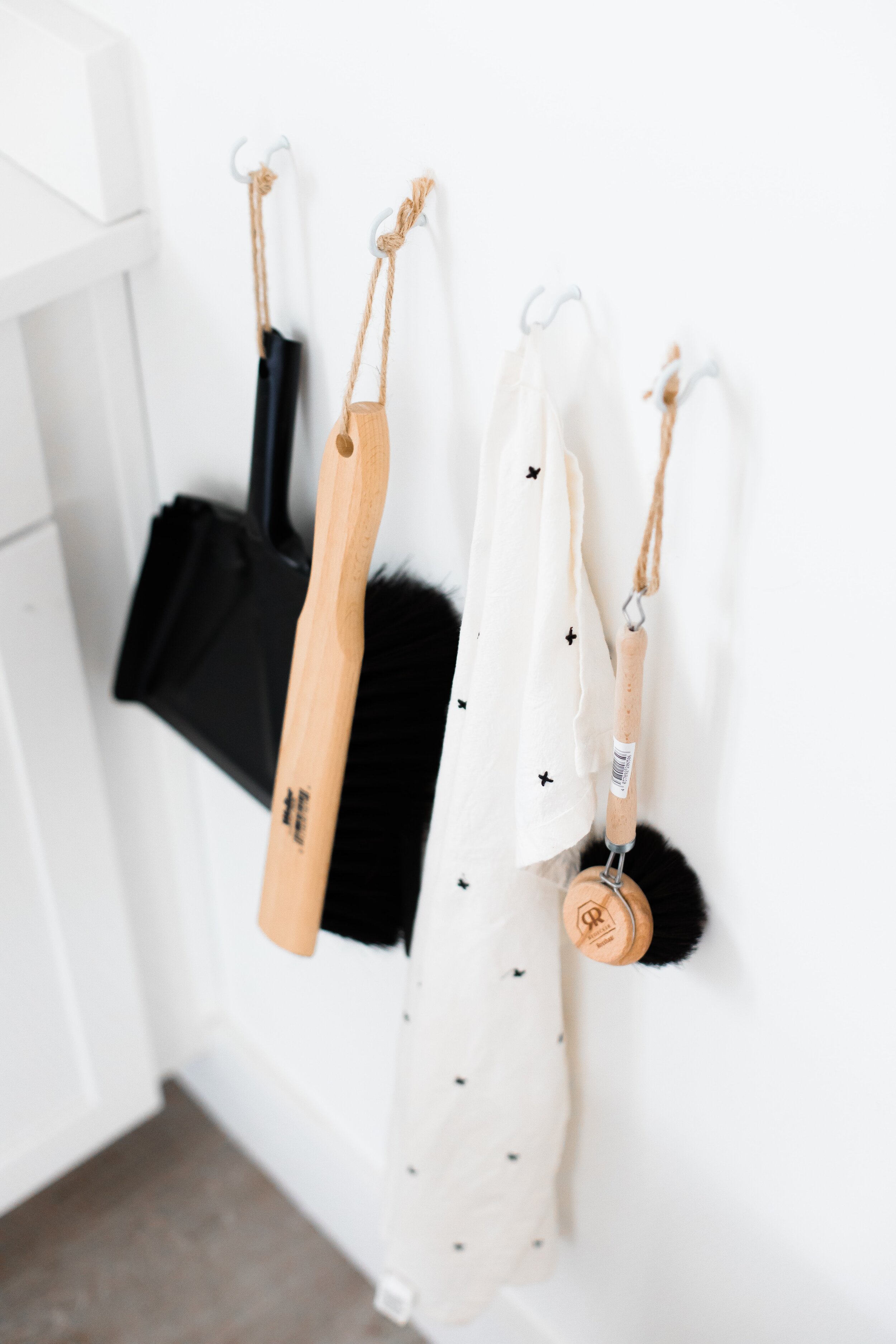Unpacking what we can’t see on projects to create a healthier and resilient built environment.
“Designers have a big role to play in the mitigation of virus transfer. Designers also have a role to play in the climate crisis. Buildings consume a lot of energy. While we're talking about biology right now, we really should be talking about energy because they go hand in hand. As we take measures to mitigate COVID-19, many of them have energy implications. They have land implications. They have urban design implications. We can't disregard the energy impact on the climate. We as designers need to think broadly. We have a substantial role to play.” - Mark Fretz
Overview
We bring into focus the microbiome of the built environment to understand what is happening on a micro level to interior spaces. In this episode we address what is on designers’ minds right now, COVID-19 in the built environment.
We will unpack:
What the built environment microbiome is
Differentiate good and bad microbes
Explore how good microbiome support human health
Discuss antimicrobial building products
Strategies designers can apply to reduce the transmission of viruses in the built environment
How to introduce good microbes into the environment
Guest Summary
Mark Fretz is an Associate Director of Outreach and Knowledge Exchange at the Institute for Health in the Built Environment, and Research Assistant Professor at University of Oregon. Mark's role entails researching how to design the unseen in the built environment for microbes, molecules to precipitation, carbon and energy in use, in order to promote healthy individuals, healthy communities and a healthy planet.
IHBE is at the intersection between biology, medicine, chemistry and engineering to look at how to promote a healthy built environment. Currently Mark and the team he works with at IHBE are studying the microbiome of the built environment. Recently, they published considerations to reduce COVID-19 transmission, which is titled “2019 novel coronavirus, pandemic built environment considerations to reduce transmission.”
To day we are going to discuss studies they are currently working on to make the built environment healthier for occupants.
Mark Fretz, Associate Director of Outreach and Knowledge Exchange at the Institute for Health in the Built Environment, and Research Assistant Professor at University of Oregon
Design Tip: Discuss with your clients a customized cleaning practice to avoid a scorched earth mentality.
Design Tip: Keeping the humidity between 40-60% can prevent the spread of air born viruses.
Design Tip: Buildings are spatial. Plan spatial distances in volume.
Design Tip: Natural materials play an important role in fostering microbe diversity.
What is the microbiome in the built environment?
The microbiome is a collection of bacteria, fungi and viruses in the environment around us. We, as occupants of the built environment, are teeming with microbial life. Think of it as unseen occupants in buildings. We, as a species, are composed of microbes and interact with microbes through our gut and skin. When we bring in fresh air or shed microbes from our skin or gut it contributes to the indoor microbiome.
What are good microbes?
Good microbes would be microbes that don't cause us harm and actually might confer benefit to us, including those that are commensal or even mutualistic microbes. We've evolved outdoors in natural ecosystems much longer than we've evolved in our indoor built environments. As a species, we have been exposed to a wide range of microbes in the outdoors. We have found that the evolution of the biological systems have been slower to adapt than the evolution of the built environment. What we are now frequently seeing is a mismatch between outdoor and indoor environments. We are seeing less diversity in interior environments due to HVAC systems, cleaning practices and building materials.
How do pathogens and viruses work in the built environment?
Viruses aren't actually alive. They need host cells to be able to replicate. Bacteria and fungi need food sources to flourish. When we consider designing indoor microbiomes, we are considering the notion of, “outing the competition” by introducing non harmful microbes to take the food from the harmful microbes.
What happens to the microbiome when we aggressively clean and scorch the built environment?
We need to be thinking about unintended consequences. In our built environment, cleaning does impact the microbiome around us. The idea that we should remove every microbe in the environment, as a way to keep us safe and healthy is a paradigm that is being questioned. We now know that there are specific microbes that are not harmful, but actually important to our health, and that a diversity of microbes is important to maintain. So as a gardener would tend a garden to maintain a balance, we're thinking about building microbiomes in a similar fashion. There are certainly times when you would want to have a more aggressive cleaning regimen in buildings. However, we don't feel that's appropriate for every environment. You can read IHBE’s full paper at “From one species to another: A review on the interaction between chemistry and microbiology in relation to cleaning in the built environment”.
What products are antimicrobial?
The term antimicrobial is fairly broad. There are natural antimicrobial products such as copper and salt and then there are synthetic compounds that are under the name triclosan. Triclosan has been banned by the FDA, which was used in antimicrobial soap for a long time. Since triclosan is currently not banned by the EPA, we are still seeing it being used in building materials such as toilet components, flooring products and paint. There's evidence to suggest that antimicrobial compounds are changing in door bacteria to be more resistant to antibiotics. This can be through hygiene products, cleaning agents and building materials with antimicrobial compounds.
What is the role that Interior Designers have in shaping a healthier environment?
Designers have a big role to play in the mitigation of virus transfer. Designers also have a role to play in the climate crisis. Buildings consume a lot of energy. While we're talking about biology right now, we really should be talking about energy because they go hand in hand. As we take measures to mitigate COVID-19 many of them have energy implications. They have land implications. They have urban design implications. We can't disregard the energy impact on the climate. We as designers need to think broadly. We have a substantial role to play.
What are ways that Interior Designers can mitigate the spread of infectious diseases?
We know that people want to feel safe and buildings are the engines of our economy. We need to be back in our buildings because this is where we create community. This is where we're productive and in order to do that, people need to feel safe. Currently it is hard for occupants to wrap their minds around the unseen dangers in our environment. Some strategies that IHBE is currently studying include:
1. Indoor Humidity - When the humidity increases, the particle size increases which keeps the virus from traveling as far because of the size. It falls out of the air and filters more easily. Ideally the humidity level indoors is between 40 to 60%. Not too humid to cause moisture problems in buildings but humid enough that viruses disperse less and are inactivated sooner. We're excited about plaster, clay and wood for the ability to naturally buffer and regulate humidity indoors.
2. Human Hydration - It allows the mucosal membranes to be hydrated and provides a protective benefit when one inhales. There is a theory that the higher humidity might not allow the virus to get as deep into the respiratory system.
3. High Efficiency Filtration - This is an engineering control that comes with an energy tradeoff. While we need to take measures right now, in response to the pandemic, we want to be sure that we understand the larger climate crisis. In solving for pandemics, we can't think about these things in isolation, we must think systemically.
4. Space Planning – How you configure space impacts what type of microbiome you might expect in that space. For example, at the Lillis Business School at University of Oregon. BioBE measured the microbiome diversity and abundance throughout the building. The atrium space, through which multiple people move through during the day, had higher diversity and abundance of microbes. We found as people transitioned to private spaces in the business school the microbial community was less diverse.
5. Spatial Six Feet - We are drawing six feet circles everywhere on trace paper right now and of course buildings aren't flat. Buildings are spatial. There is more than that dimension that we need to think about. When you add the extra dimensions of the occupants, their own immune status, and the dimensions of the building science factors such as humidity and air movement patterns, there are way more dimensions that we need to consider. For instance, in a building, if you're six feet apart, and the air from an HVAC system is actively moving that air from one person's respiratory zone into yours, the exposure patterns would look different. However, researchers still do not know the ineffective dose of SARS-CoV-2; therefore, risk of transmission is difficult to estimate and more research is needed.
6. Materials indoors have an impact - There is survival time, but there's also the ability to transfer and survive. We’re starting to reassess building materials to understand which ones have positive and negative impacts on environments. Currently we are interested in wood and earthen plaster as materials that might foster diversity and possibly not transfer harmful microbes as easily.
7. It’s Not a One Size Fits All - The challenge with making recommendations right now is that buildings are site specific. They're program specific. They're morphology specific. We know from a study on the SARS outbreak in Hong Kong, that opening a window in a very dense multifamily housing project allowed some air to come in which exposed other units to the virus. This is a very unique example because of the density of housing units, the unique building morphology and the micro climate. It's hard to take that case study, and apply it to other spaces because all buildings and occupants are unique.
How do you introduce good microbes back into the environment?
1. Ventilation - When we open a window, we bring the outdoor microbiome indoors. When we close a window and filter a building without the windows open, we don't allow the outdoor microbes indoors. This begins to concentrate the human associated microbes that we shed from our skin and our gut in the indoor environment. With that we have a higher chance of encountering human associated pathogens. Having a diversity of microbes is being studied to create a more resilient environment.
2. Wood – IHBE is looking at how wood might have the ability to sequester the potential harmful microbes through the pores. The terpene released from the wood might change the viability of some microbes on the surface. Further research is still to be done so keep an eye on IHBE’s work.
3. Earth/Plaster/Clay – IHBE has done research comparing wood, earthen plaster, painted drywall and concrete to look at the surface micro topology and air chemistry profile coming off of these materials. This work is a collaboration with Elliot Gall’s lab at Portland State University, and has led us to think that materials are an important factor in how we design for a less harmful indoor biome.
4. Building Testing - This allows us to take measurements in a strategic way to avoid the scorched earth approach. We oftentimes retreat to doing a bundle of measures; whether that be scorched earth cleaning, UVC lighting and HEPA filtration instead of doing it more strategically. Having improved situational awareness allows us to target specific floors or spaces in buildings. This is more realistic then testing individual occupants. We highly recommend watching the full video recently released by IHBE on the benefits of building testing.
Closing:
Think systemically and diversify the microbiome of the indoor environment to allow the healthy microbes to flourish. Encourage tailored cleaning practices and building testing based on each unique program. Design with fresh air, higher humidity and natural materials. Plan for spatial distances in volume. Lets combat viruses through architecture by designing for the unseen.
Stay Healthy Y’all!
Credit
Branding & Graphic Design work by Andrea Schwoebel https://www.andreaschwoebel.com/
Head shot provided by Mark Fretz
Microbes Photo by Science in HD on Unsplash
Cleaning Photo by Heather Ford on Unsplash
Textured ceiling Photo by Jeremy Yap on Unsplash
Bubble Photo by Sara Kurig on Unsplash
Alley Photo by Mohammad Asadi on Unsplash






